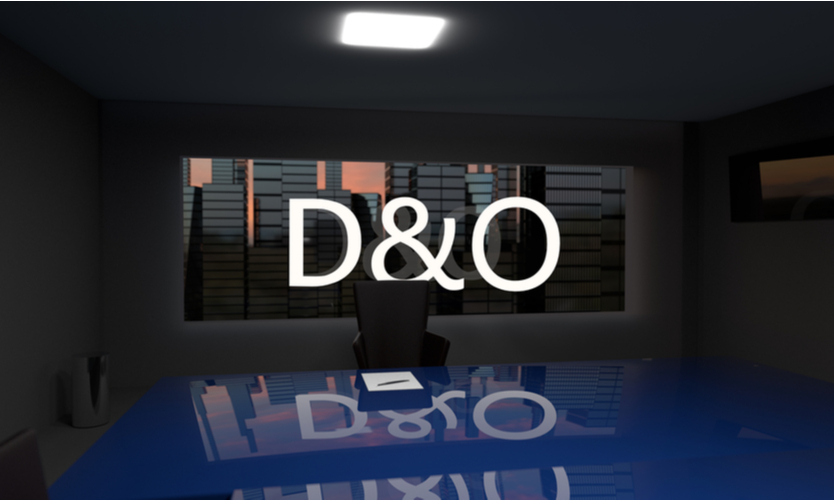D&O rates stabilizing despite economic volatility, uncertainty
- May 19, 2025
- Posted by: Web workers
- Category: Finance

The market for directors and officers liability insurance is showing signs of stabilization and remained competitive for most mature public companies during mid-year renewals, experts say.
Significant rate reductions for public companies have slowed considerably as insurers begin to draw a line on further drops in premiums, they say.
“It’s about stopping the bleeding on the decreases. I’m sure insurers are hoping the conversation during the next renewal period is about increases, but that’s TBD,” said Andrew Doherty, a New York-based partner and practice leader of executive and professional risk solutions at USI Insurance Services LLC.
Pricing is showing signs of flattening, said Eric Wedin, New York-based North American head of financial lines at Allianz Commercial.
“Most large-market-cap companies and small- to middle-market-cap companies saw reductions between 2% and 4%,” said Washington-based Ruth Kochenderfer, D&O product leader for the U.S. and Canada at Marsh LLC.
Companies involved in recent initial public offerings and special-purpose acquisition companies continue to experience larger rate reductions because they often paid higher rates during their first three years, Ms. Kochenderfer said.
Companies that have fully matured after recent IPOs are seeing rate decreases between 10% and 30%, said Rachel Miller, San Francisco-based senior vice president at Woodruff Sawyer, which Arthur J. Gallagher & Co. bought earlier this year.
Insurers are holding the line on rates in response to the increase in securities class actions and the rising amounts of settlements, Ms. Kochenderfer said.
Last year 225 securities class actions were filed in federal courts nationwide, an increase from 215 in 2023. Also, about 90 securities class actions settled in 2024 for an average of $43 million, according to reports from Cornerstone Research and NERA.
“More insurers are becoming increasingly disciplined and saying, ‘We cannot continue to give you year-over-year decreases when we’re starting to see and pay more claims,’” Ms. Kochenderfer said.
Policyholders that are continuing to enjoy savings on their D&O coverage are either “putting it in their pocket for a rainy day” or interested in investing in crime and cyber coverage, said Mr. Doherty of USI.
“Those losses continue to plague insureds and insurers,” he said.
The market for private companies is stable and increasingly competitive, with rate reductions for primary coverage between 3% and 4% and decreases slightly greater than that for excess layers,” said Will Fahey, private company D&O product leader at Marsh.
Outlook
Whether the D&O market will continue to stabilize is “hard to predict” based on the number of open claims, Ms. Miller said.
“Carriers are looking at the number of open claims and that’s something that they use to predict what their payouts are going to be. The longer a claim stays open, the more likely it is to settle for a large amount,” she said.
Insurers are adapting to emerging risks posed by artificial intelligence by asking good questions in meetings with clients and brokers “to ensure the company seeking insurance is operating within a safe and responsible manner and is being cautious and accurate in their disclosures related to AI,” said Mr. Wedin of Allianz.
Underwriters are asking about a company’s ability to monitor its AI algorithm for concerning trends, he said.
The change in the presidential administration also has raised some risks that can affect the D&O sector in the future, experts say.
Thus far, however, changes implemented by the Trump administration, such as tariffs and executive orders on diversity, equity and inclusion, haven’t had a material impact on the current market but have resulted in uncertainty and economic volatility, Mr. Wedin said.



